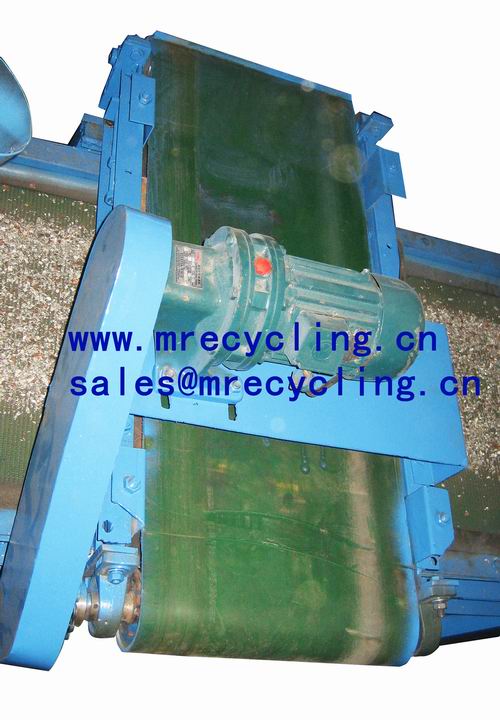This machine can separate magnetic metal from nonmagnetic metal effectively.
Magnetic Separator Magnetic Separators, Inline Magnetic Separator, Wet Magnetic Separator TAIZHOU GUANGLONG WIRE STRIPPING MACHINE MANUFACTURING CO.,LTD , http://www.scrap-wire-stripper.com
1. Definition Conductivity meter is an instrument suitable for precise measurement of various liquid media. It is mainly used to accurately measure the conductivity value of liquid media. When equipped with a constant electrode, it can accurately measure the conductivity of high-pure water. It is widely used in various fields. Scientific research and production.
2. Usage and Characteristics Conductivity meter is a laboratory conductivity meter. It can not only measure the conductivity of general liquid, but also meet the need of measuring the conductivity of high purity water. The instrument has a 0~10mV signal output, which can be connected to an automatic electronic potentiometer for continuous recording. The conductivity meter is a necessary inspection equipment for QS and HACCP certification of food factories and drinking water plants.
3, the working principle Conductivity is a digital representation of the ability of the solution conduction current. The conductivity of water has a certain relationship with the amount of inorganic acids, alkalis and salts it contains. When their concentrations are low, the conductivity increases with the increase of concentration. Therefore, this indicator is often used to estimate the total amount of ions in water. Concentration or salt content.
The conductance (G) is the reciprocal of the resistance (R). Therefore, when two electrodes (usually platinum electrodes or platinum black electrodes) are inserted into the solution, the resistance R between the two electrodes can be measured. According to Ohm's law, when the temperature is constant, this resistance value is proportional to the electrode distance L (cm), which is inversely proportional to the cross-sectional area A (cm2) of the electrode, that is: R=Ï×(L/A) where Ï is the resistivity and is long 1cm, the resistance of the conductor with a cross-sectional area of ​​1cm2 depends on the nature of the material. According to the above equation, the conductance (G) of the conductor can be expressed as follows: G = 1/R = (1/Ï) × (A/L) = K × (1/J) where K = 1/Ï is Electrical conductivity, J=L/A, referred to as electrode constant Electrolyte conductivity refers to the conductance of a 1 cm3 solution between two parallel electrodes spaced 1 cm apart. From the above equation, when the electrode constant (J) is known and the solution resistance (R) or conductance (G) is measured, the conductivity can be determined. 
Measurement:2000*400*750mm
Voltage:380V-50Hz
Power:0.75KW
Capacity:1.5tons per hour.
Some introduction of conductivity meter related knowledge
Conductivity meters have been widely used in various laboratories and other measurement bases. For conductivity meter related knowledge from the basis of the beginning to make an introduction, help new users understand.